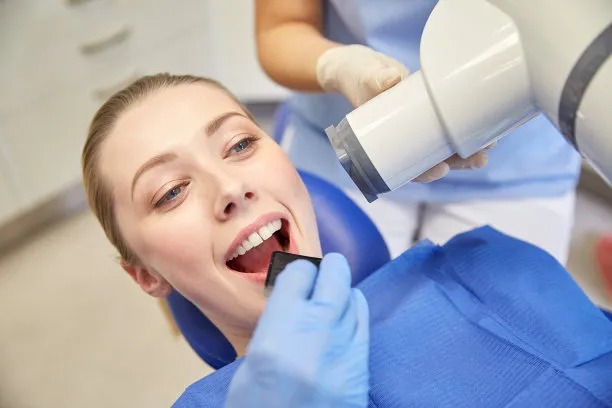The Essential Steps to Extract a Tooth Safely and Effectively for Optimal Dental Health
Summary: Extracting a tooth safely and effectively is paramount for maintaining optimal dental health. This article outlines essential steps involved in the tooth extraction process, emphasizing preparation, technique, aftercare, and professional guidance. Each step is crucial to ensure the procedure is conducted smoothly, reduces the risk of complications, and promotes healing. By adhering to these guidelines, patients can facilitate a safer extraction experience and enhance their overall oral health.
1. Preparation Before Tooth Extraction

Before initiating a tooth extraction, proper preparation is vital. This involves a thorough dental examination to evaluate the condition of the affected tooth and surrounding structures. Dentists utilize X-rays to determine the tooths position, any potential complications, and the exact treatment required.
Next, patients should discuss their medical history with the dentist, including existing health conditions and current medications. This conversation helps in identifying any potential risks associated with anesthesia or the extraction process itself. A well-prepared patient is less likely to experience complications during and after the procedure.
Finally, preoperative instructions must be followed diligently. Patients are usually advised on dietary restrictions and may need to stop consuming specific medications to ensure the extraction is performed safely. Effective preparation lays a solid foundation for a successful tooth extraction.
2. Safe Tooth Extraction Techniques
The actual extraction requires precise techniques to ensure safety and effectiveness. First, the dentist will administer anesthesia to numb the area around the tooth, minimizing discomfort. Local anesthesia is most common, allowing the patient to remain awake during the procedure.
Once the area is numb, the dentist carefully loosens the tooth using specialized tools called elevators. This step is crucial to facilitate its extraction without damaging surrounding tissues. A gentle but firm approach is essential to avoid complications such as fractures or excessive bleeding.
If necessary, the dentist may also need to section the tooth into smaller pieces for easier removal, especially in cases of impacted teeth or when the tooth has extensive decay. This method enhances the safety of the extraction, reduces trauma, and speeds up the procedure.
3. Aftercare and Recovery Post-Extraction
Post-extraction care is critical for ensuring optimal healing and preventing complications. Immediately after the procedure, patients should follow the dentists instructions regarding bleeding control, typically involving biting down on gauze pads for a specified period.
Patients are also advised to manage pain and swelling with over-the-counter medications as prescribed. Applying a cold compress to the exterior of the cheek can further alleviate discomfort and reduce inflammation during the initial recovery phase.
Dietary modifications are usually necessary during the healing period. Soft foods and plenty of fluids are encouraged, while hot, spicy, or hard foods should be avoided to prevent irritation to the extraction site. Regular follow-up visits may be scheduled to monitor healing and address any concerns that may arise.
4. Seeking Professional Guidance and Expertise
Even with a thorough understanding of tooth extraction steps, seeking professional guidance is imperative. Dentists carry the expertise and experience to handle various situations that may arise during the procedure, making their involvement crucial for patient safety.
Additionally, consulting with a dental professional helps to educate patients on the importance of extractions and their role in maintaining overall oral health. They can offer personalized advice tailored to individual conditions, further ensuring effective outcomes.
In certain cases, patients may require a specialist such as an oral surgeon for more complex extractions. This highlights the importance of professional oversight in achieving the most favorable results while minimizing risks associated with tooth extraction.
Summary:
Tooth extraction is a complex procedure that requires meticulous planning and execution for optimal results. By preparing properly, employing safe extraction techniques, adhering to effective aftercare practices, and seeking professional guidance, patients can ensure a smoother and safer tooth removal experience. Emphasizing these essential steps can lead to better dental health outcomes, reducing anxiety and promoting confidence in dental care.
This article is compiled by Vickong Dental and the content is for reference only.



